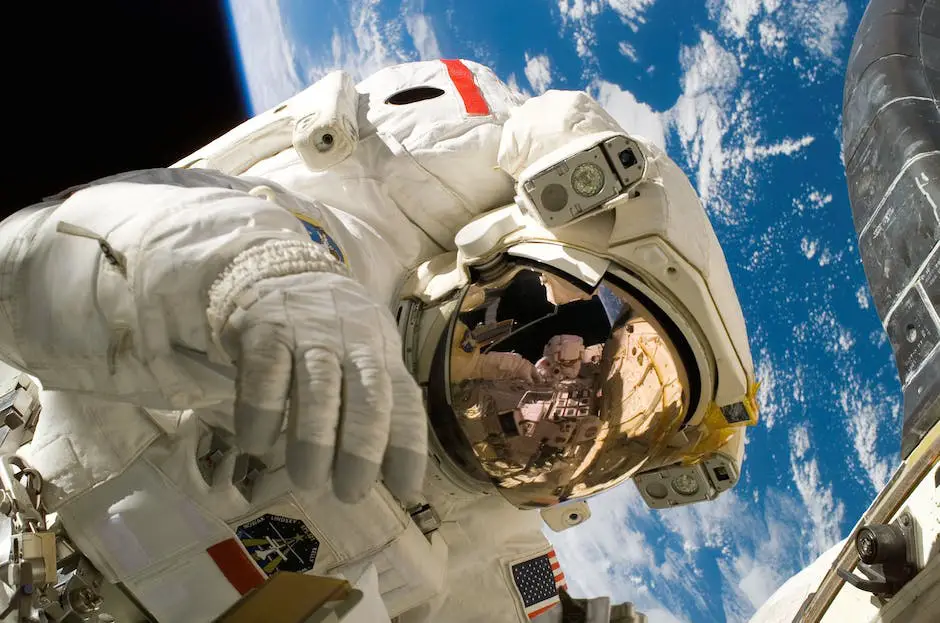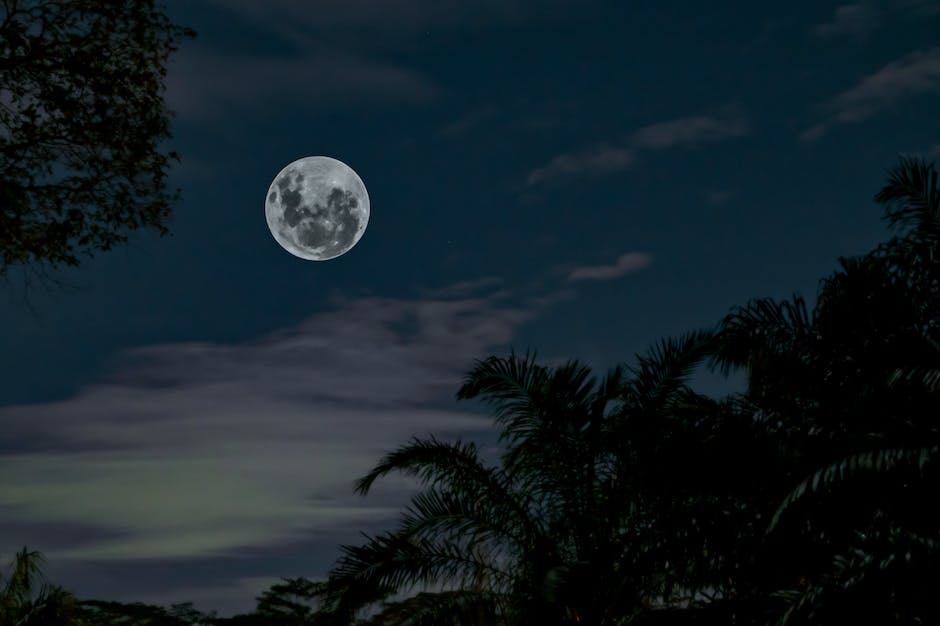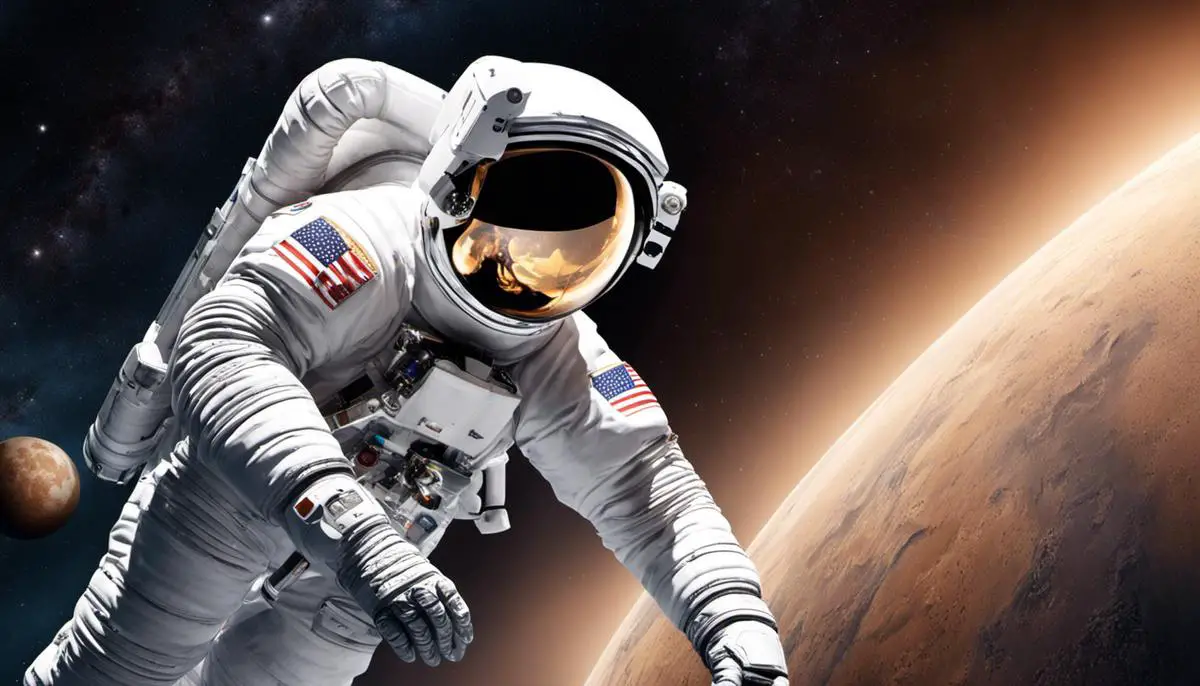Space travel, particularly lunar missions, has always been a feat filled with wonder, curiosity, and boundless possibilities. With the ever accelerating advancements in technology and increasing ambitions to explore beyond Earth, the moon has become more accessible than ever. However, voyagers to the moon encounter numerous physical and psychological health risks which can have implications both during their voyage and in their terrestrial lives following the mission. This journey through some of the challenges faced by our intrepid lunar explorers dives deep into understanding the physical effects of the lunar environment on astronauts, discovering the psychological impact of extensive isolation and extremity, and discussing the preventive measures undertaken to ensure their health. Furthermore, we examine the long-term health implications and the pressing need for future research to safeguard the health of our explorers as they dare to break terrestrial boundaries.
Contents
Physical effects of lunar missions on astronauts
The Threat of Space Radiation
One of the most significant health implications of lunar missions for astronauts is the threat posed by space radiation. Unlike the Earth’s surface, which is largely protected from cosmic rays and solar particle events by our planet’s magnetic field and atmosphere, space provides no such safeguards. This lack of protection leaves astronauts vulnerable to an assortment of health issues.
These health threats include an increased risk of cancer due to ionizing radiation, damage to the central nervous system, potential acute and late risks to the cardiovascular system, and possible detrimental effects to the eyes such as cataracts. Prolonged exposure to space radiation can also lead to changes in the immune system and may even accelerate aging.
Effects of Microgravity on Bone Density and Muscle Weakness
Another major physical effect of lunar missions on astronauts is the impact of reduced gravity (microgravity) on bone density and muscle health. On Earth, the body maintains bone and muscle strength through activities that work against our planet’s gravity. In space, however, as the body does not need to work as hard to combat gravity, astronauts can experience significant bone density loss and muscle weakness.
Without countermeasures, they can lose 1-2% of their bone mass each month and around 20% muscle mass after just 5-11 days. The implications of this sustained bone and muscle loss are significant and can result in long-term health implications even post-flight, including an increased risk of fractures and difficulties in performing regular physical activities upon return to earth.
Potential Impacts on Cardiovascular Health
Microgravity environment also significantly impacts the cardiovascular system. On earth, our heart and vessels work harder to pump blood against gravity. In space, this challenge is reduced, leading to a potential deconditioning of the heart muscle. Studies have shown moon astronauts may face an increased risk of cardiovascular disease years after returning to Earth, likely due to the combined effects of space radiation and microgravity.
Impairment of Immune Function
The immune system, which protects the body from foreign substances, cells and tissues, seems to be impaired during and after space flight. Studies have shown that immune cells, like white blood cells, do not function optimally in a zero-gravity condition. This issue leaves astronauts potentially vulnerable to infections, hypersensitivity reactions, and could potentially increase the risk of cancer due to the lack of immune surveillance.
Vision Impairment
Approximately two-thirds of astronauts report an impairment in vision following long periods of time spent in space. This condition, known as visual impairment intracranial pressure syndrome (VIIP), is believed to be caused by the redistribution of body fluids in zero gravity. Symptoms of VIIP include blurred vision, impaired color vision, and in severe cases, can result in blindness.
Case Studies
Previous lunar astronauts have indeed suffered various health impacts post-mission. Apollo astronauts had reported vision changes, with one reporting the occurrence of cataracts several years after his mission. Studies have also indicated that astronauts from the Apollo lunar missions have died from cardiovascular disease at a rate four to five times higher than that of astronauts who never flew, or who only flew low-altitude missions.
Our comprehension of the health implications of space travel continues to expand as fresh data becomes available and we prepare for more complex missions. NASA, along with global space agencies, is dedicated to protecting the well-being of astronauts by researching and implementing strategic countermeasures to deter or curb potential health repercussions.

Psychological effects of lunar missions
The Mental Rigors of Lunar Missions
The demanding conditions of lunar missions entail profound isolation and confinement presenting astronauts with psychological challenges unmatched in human history. The foreign environment poses both physical and psychological sagas to the crew. Extended stays on the moon can lead to an array of psychological impacts, including mood fluctuations, cognitive issues, disrupted sleep patterns, and other mental health conditions.
Mood Swings on the Moon
Mood swings during lunar missions can be severe and potentially mission-threatening. The lack of day-night cycle compared to Earth, combined with extreme isolation and confinement, may lead to emotional instability. Astronauts may vacillate between feelings of melancholy and euphoria, affected by the stark lunar landscapes, extended isolation, and the high-risk nature of their tasks.
Cognitive Impairments in Lunar Missions
Beyond mood swings, long-term exposure to the lunar environment may also bring about cognitive impairments in astronauts. Changes in their sleep-wake cycles due to the moon’s long days and nights, paired with the physical toll of living in low gravity, can lead to mental exhaustion, reduced concentration, memory problems, and impaired decision-making skills. These cognitive impairments may affect mission safety and productivity and warrant further investigation.
Sleep Disruptions in Lunar Conditions
The altered sleep-wake cycle in the lunar environment can also cause significant sleep disruptions. The moon’s day-night cycle is approximately 29.5 Earth days, and adapting to this drastically different rhythm can be a challenge. A disturbed sleep schedule can potentially result in insomnia or other sleep disorders. Fatigue resulting from sleep disruptions can impact cognitive abilities and mental health, influencing both mission success and astronaut well-being.
Risks of Mental Health Disorders during Lunar Missions
The prolonged stress, isolation, confinement, and sleep disruptions associated with lunar missions can increase the risk of developing mental health disorders. Symptoms of anxiety and depression may be aggravated or even initiated by these stressors, making lunar missions a significant mental health concern. Closely related is the concept of “third-quarter phenomenon,” which describes the increase in adverse behaviors and decline in mood that tends to occur around three-quarters into a prolonged isolated mission, such as on the moon.
Understanding NASA’s Behavioral Health and Performance Group
It is important to realize that one of NASA’s most established functional groups, the Behavioral Health and Performance group, addresses the emotional and psychological health of astronauts due to the intense pressures of space missions. These specialists harness a range of strategies including mental health check-ins, direct support from psychologists, as well as innovative approaches such as virtual reality interventions to mitigate feelings of isolation and confinement. This crucial work significantly influences the emotional stability of astronauts, thereby directly determining the overall efficacy and success rate of lunar missions.

Photo by joehan330 on Unsplash
Preventive measures and treatments for health risks
The Role of Pre-Flight Physical Conditioning
Following on, to ensure health risks associated with lunar missions are kept to a minimum, astronauts partake in a stringent pre-flight physical conditioning regimen. This preparatory phase includes cardiovascular exercises, strength training, and tailored workouts designed to improve resilience. The aim of this extensive physical conditioning is to equip astronauts’ bodies to cope with the unique challenges they will encounter in space, such as the demanding physical effects of microgravity and abrupt pressure changes. This is an effective method that can stave off physiological alterations like bone loss, muscle weakening, and cardiovascular deconditioning which may take place in a zero-gravity environment.
Radiation Shielding
A significant risk astronauts face on lunar missions is exposure to space radiation. Space agencies use various types of radiation shielding to minimize this risk. The spacecraft and spacesuits are designed with special materials that can deflect or absorb various types of space radiation, such as protons and galactic cosmic rays. Additionally, there are ongoing studies exploring the possibilities of using lunar soil to serve as a natural radiation shield for potential moon bases.
Diet Management
One crucial aspect of maintaining health during lunar missions is diet management. Astronauts’ diets are meticulously planned to ensure they consume essential nutrients necessary for keeping their bodies functioning efficiently in the space environment. Calcium-rich foods are included to reduce bone loss, antioxidants combat oxidative stress caused by radiation exposure, and high-protein meals prevent muscle atrophy.
Mental Health Considerations
Extended isolation and confinement in space can cause significant mental health challenges. Agencies have incorporated various strategies to manage astronauts’ mental health. These strategies include regular communication with loved ones and psychiatrists back on Earth, cognitive behavior therapy, mindfulness practices, and even virtual reality experiences to mitigate feelings of isolation and confinement.
Medications and onboard medical facilities
Astronauts are provided with a wide range of medications to treat potential health issues, including antibiotics, anti-nausea medications, pain relievers, and more. Advances in portable medical diagnostic equipment also allow astronauts to monitor their health and identify potential problems early. For instance, some spacecraft are equipped with ultrasound machines and other diagnostic tools.
Post-Flight Rehabilitation Programs
Upon returning to Earth, astronauts engage in rehabilitation programs to restore their bodies to pre-flight conditions. These may include physical therapy for muscle and bone strengthening, cardiovascular exercises to improve heart health, and consultation with mental health professionals. Rehabilitation is essential as astronauts often experience balance issues, weakened muscles, and other health problems after a mission.
Role of Advancements in Space Medicine and Technology
Advancements in space medicine and technology have played a critical role in tackling space-related health problems. This includes the development of more efficient radiation shields, research on pharmaceutical countermeasures against radiation exposure, improvement in telemedicine capabilities, and advancements in portable diagnostic devices. Additionally, there’s ongoing research aimed at understanding the effects of the space environment on the human body, ultimately leading to the development of effective preventive strategies and treatments.
Concluding Remarks
In the realm of lunar missions and space travel, preserving astronaut health is of paramount importance. A host of health risks are associated with such missions, but there are multiple strategies in place to mitigate these dangers. From thorough physical preparation to the utilisation of state-of-the-art medical technology, ongoing advancements continue to enhance the safety and wellbeing of astronauts both during their journey and after its completion.

Long-term health implications and future research
Health Consequences in the Long Run: A Deep Dive
Venturing on lunar missions comes with potential long-term health consequences for astronauts. The most pressing concern is the exposure to space radiation, which can affect the human body in numerous ways. The immediate impact might be the onset of acute radiation sickness, but over the long term, the likelihood of developing cancer and other chronic diseases may escalate. In addition, radiation exposure can negatively affect the central nervous system, possibly leading to cognitive impairments and a myriad of neurological issues.
Yet another significant health repercussion is the encounter with a low-gravity environment, referred to as microgravity, which astronauts experience while traversing in space. Continuous exposure to such an environment can lead to muscle wasting and skeletal system degradation, resulting in loss of bone mineral density. It potentially affects the cardiovascular system too, leading to a decrease in heart muscle mass and disruptions in regular heart rhythm.
Additionally, Microgravity is linked to certain visual impairments. It is known to cause changes in intracranial pressure and contribute to a condition known as Visual Impairment Intracranial Pressure (VIIP) syndrome. This condition could potentially jeopardize the ocular health of astronauts in the long run.
Need for Future Research
Given the potential for long-term health effects, additional research is needed to better understand and manage these risks. This includes both advancing our scientific understanding of the impact of space conditions on human health and developing protective strategies to enable safe and sustainable space travel.
One area of ongoing study is developing countermeasures against the harmful effects of microgravity. This could include innovations in exercise protocols, pharmacological solutions, and advancements in spacecraft design that can simulate Earth-like gravity.
Another significant area of research is in radiation protection. This requires better characterizing the space radiation environment, improving our understanding of the biological effects of radiation, and developing effective shielding and other protective solutions.
NASA’s Human Research Program is actively pursuing such research. The program focuses on understanding human health issues associated with space exploration and developing ways to reduce or mitigate them.
Future lunar exploration missions, like NASA’s Artemis program, will provide valuable opportunities to further examine these health risks. Long-duration lunar surface stays are planned, which will allow researchers to study the effects of reduced gravity and lunar dust on astronaut health.
Ongoing astronaut health monitoring – before, during, and after missions – is also crucial. These health surveillance programs not only help identifying any health issues as they arise, but also contribute valuable data for further research and understanding.
Future space missions, including those to the Moon and Mars, will present new challenges and unknowns when it comes to human health. But with ongoing and future research, NASA and other space agencies hope to ensure the safety and well-being of future space explorers.

The journey to the moon and beyond is undoubtedly a testament to human achievement and innovation, but it also highlights the resilience and adaptability of the human body and psyche. Ambitious lunar exploration plans for the future raises pressing questions our preparedness to tackle the health risks associated. With research and measures in place seeking to offset the impacts, it’s imperative for us to continually advance our understanding of the effects of lunar missions on astronaut health. The challenge lies in not only enabling humans to survive in outer space, but also to thrive. The story of moon missions is an ongoing journey, continually shaping our knowledge, our technology, and our perspective of the universe and our place within it.
